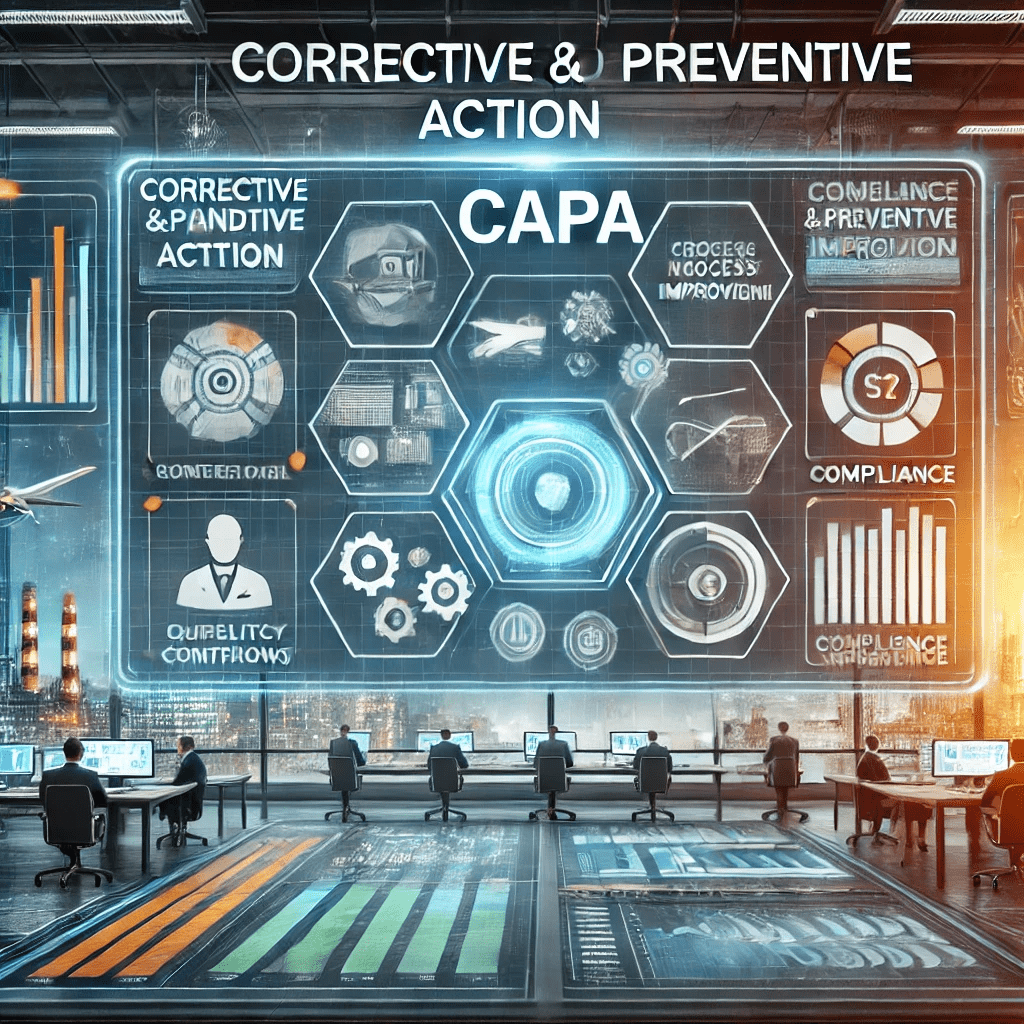
Introduction
Corrective and Preventive Action (CAPA) is the backbone of a strong quality management system. Yet, its success hinges not just on having a well-defined process but also on employee training and engagement. Without proper education, CAPA efforts often fall flat, leading to repeated issues, poor compliance management, and audit failures.
This blog explores how to train employees for successful CAPA implementation, integrate it with change management strategies, and ensure that the learning sticks.
Why Training is Critical to CAPA Success
CAPA is more than just a compliance checkbox—it’s a cultural mindset. Employees need to understand:
-
What CAPA is and why it matters
-
Their role in the CAPA process
-
The impact of poor issue resolution on product quality and safety
Without this foundational understanding, even the best CAPA process will be misused or underutilized.
Key Steps to Train Employees for CAPA
1. Start with CAPA Fundamentals
Begin with foundational knowledge:
-
Definition and objectives of CAPA
-
Key phases: identification, investigation, root cause analysis, action plan, and effectiveness check
-
Examples of good and bad CAPA practices
Use real-life examples from your industry to make training relatable.
2. Align Training with Change Management Principles
Training for CAPA should follow change management best practices:
-
Communicate the “why” behind the change
-
Involve leadership to sponsor and support training
-
Use change management software to track adoption and feedback
A change-resistant team can sabotage even the most robust CAPA strategy. By embedding change management into training, you get better buy-in and retention.
3. Interactive Learning Formats Work Best
Instead of dry presentations, use:
-
Role-playing CAPA investigations
-
Root cause analysis workshops
-
Quizzes and scenario-based learning
-
Collaborative walkthroughs of compliance management systems
This kind of hands-on training builds confidence and competence.
4. Make CAPA Part of Ongoing Training
CAPA isn’t a “one-and-done” subject. Build it into:
-
Onboarding for new hires
-
Quarterly refresher courses
-
CAPA-specific training when changes are made to SOPs
Building a Culture Around CAPA
It’s not enough to train; you need to foster a CAPA culture:
-
Recognize employees who contribute to CAPA improvements
-
Embed CAPA metrics into KPIs
-
Encourage cross-functional collaboration during CAPA execution
Leaders should model behavior and hold teams accountable.
Integrating Training with Compliance Management Tools
To track effectiveness and ensure readiness, use compliance management platforms:
-
Assign and monitor training completion
-
Record CAPA participation history
-
Tie CAPA learning modules to your change management software
These tools streamline audits and prove employee competency.
Conclusion: Why ComplianceQuest Is the Right Partner
As businesses gear up for 2025, the stakes are higher than ever. Regulatory requirements are stricter, customer expectations are rising, and product issues can go viral overnight. Training employees on CAPA using a system like ComplianceQuest ensures:
-
Seamless integration of CAPA with training, change management, and compliance tools
-
Customizable workflows tailored to your industry
-
Real-time dashboards for tracking training success and CAPA outcomes
With ComplianceQuest, you don’t just check a box—you build a culture of quality and continuous improvement.